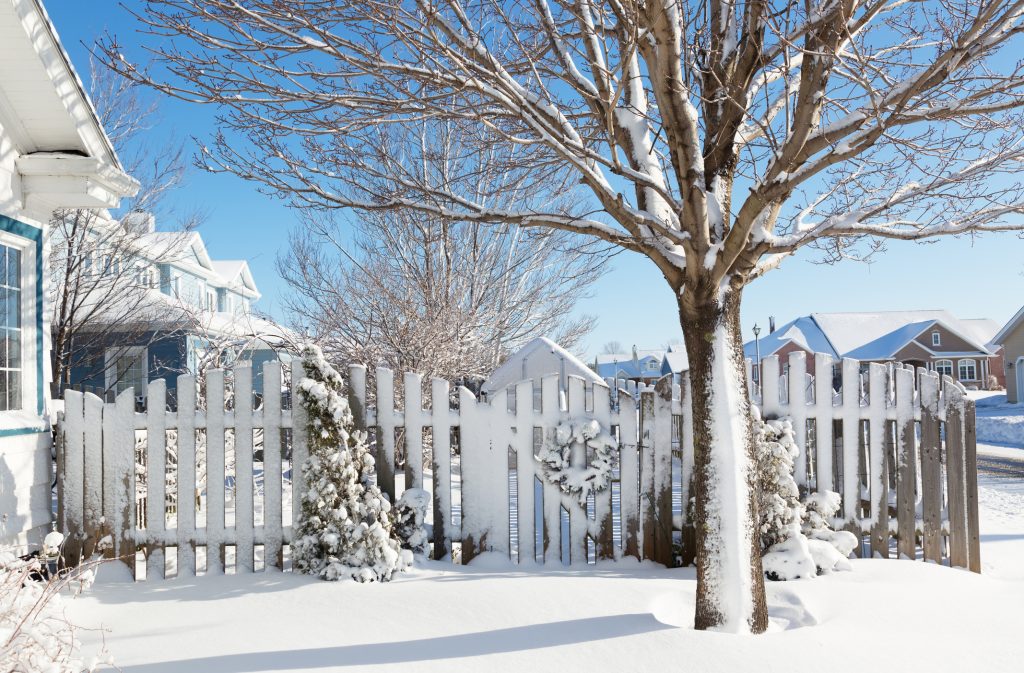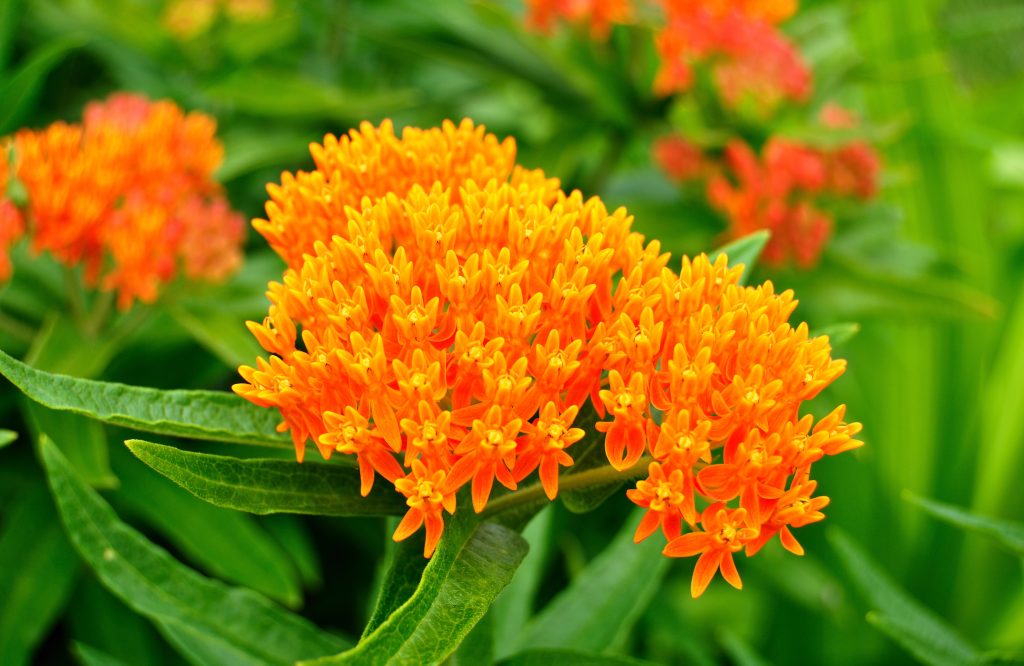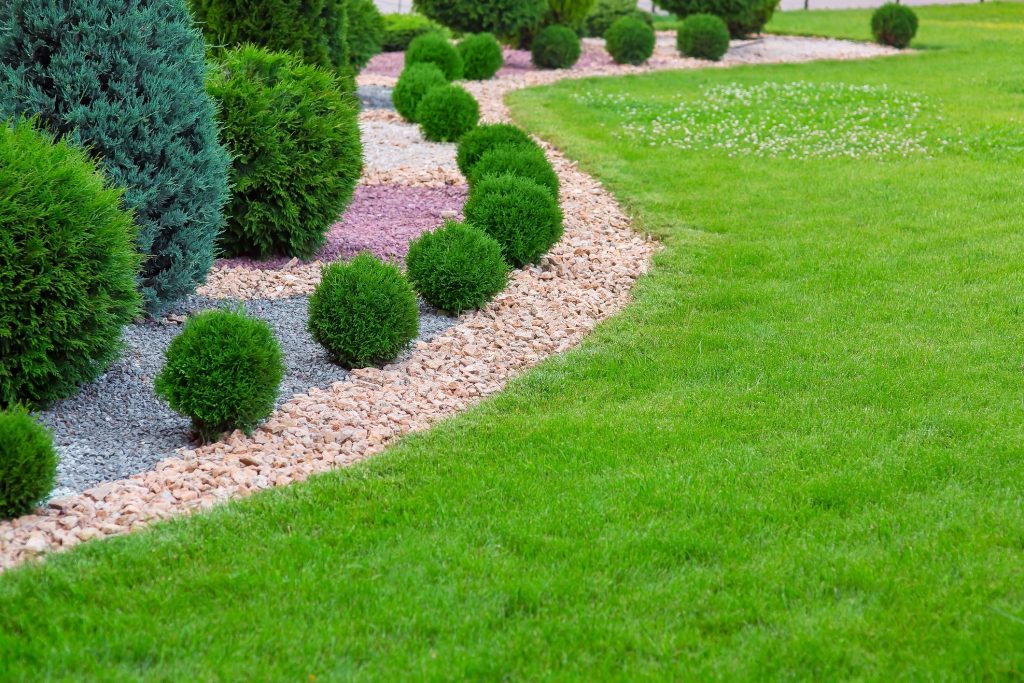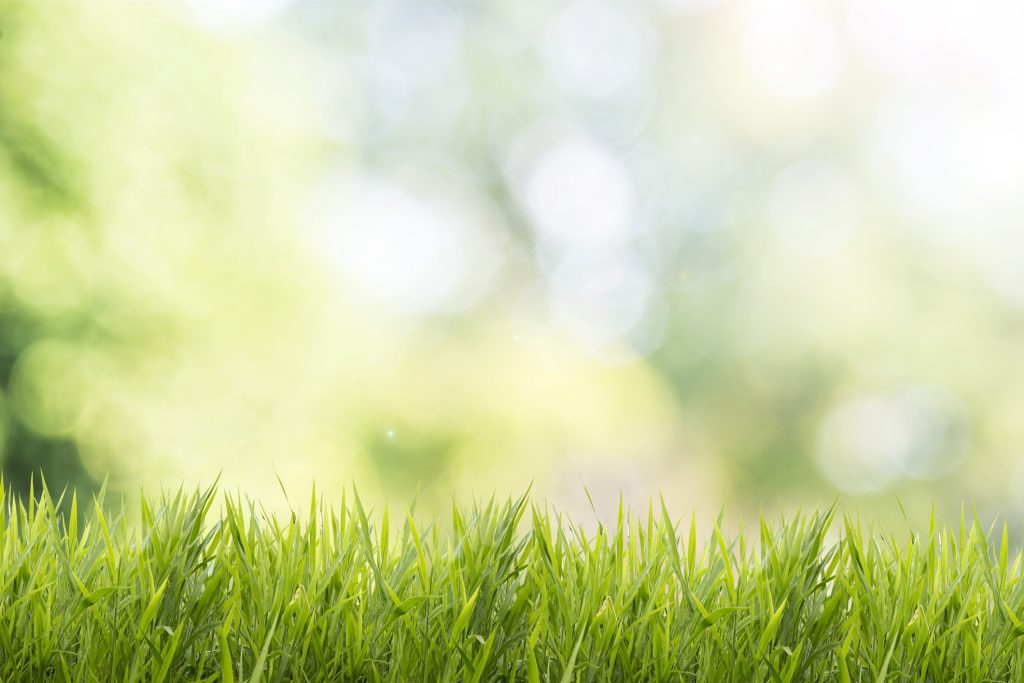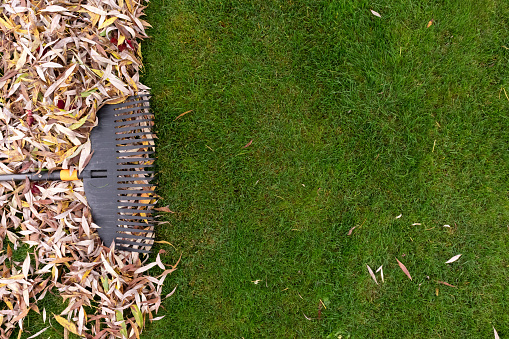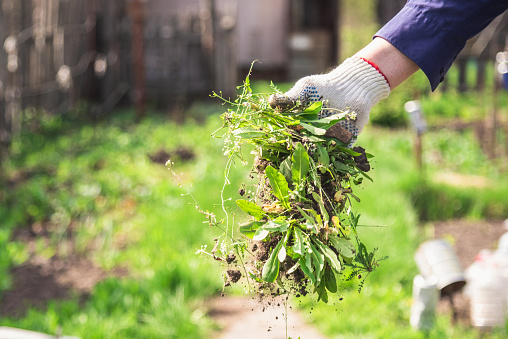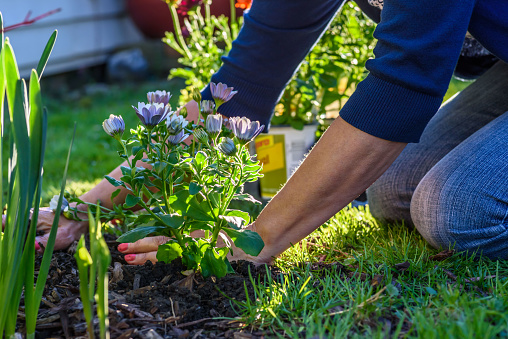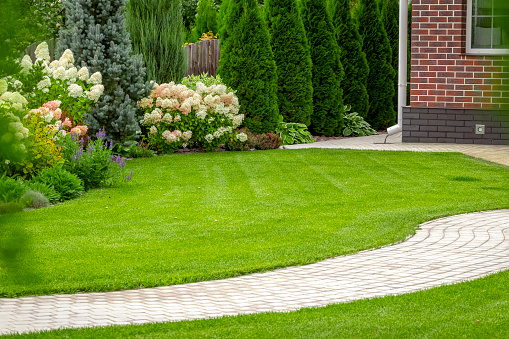Topiaries are wonderful additions to a garden that can bring it creativity and an eye-catching appeal. They are known to ornament the most luxurious of green scapes as their unique geometric shapes add a level of splendor to a property. Purchasing ready-made topiaries is an option, though an often costly one, but creating them on your own involves some basic skills that most garden owners are already familiar with. In this comprehensive guide, we’ll discuss all there is to know about growing a topiary in your backyard.
Shrubs
Shrubs are one of two options for your topiary. It is important to select an evergreen species that is dense, resistant to pruning, and slow-growing for the best results. Choosing a plant in and of itself is an involved task, more of which you can read about in one of our previous blog posts. After making an adequate selection, you can take the first step in building your topiary.
Find a Sunny Location
To achieve the dense growth needed to create the eye-appealing geometries of your topiary, it must be getting even sunlight on all of its sides. Ensure your plant is located away from objects that could obstruct light, which is why it is not ideal to place it directly next to your home. The more specific light conditions required for your shrub should be identified by consulting its nursery tag.
Keep Your Shrub Hydrated
A shrub’s growth consumes a decent amount of water, so don’t forget to check routinely for dry soil and hydrate it accordingly. Shrubs can turn brown at the tips, which could get in the way of the aesthetic desired by the garden owner. If that happens, apply fertilizer to your plant.
Choose A Main Stem
To get started on molding your soon-to-be leafy artistic creation, you must select one upright shooting stem to keep while the rest are removed. This selected root should be well-positioned for the intended shape of your design. Use a stake to tie down the main root and chop off the others using pruners. As the shrub develops, the main stems will continue to grow from the base. These should be removed to maintain the shrub’s intended shape.
Clipping New Foliage
The process of forming your own topiary will require patience— remember, small changes will make a significant difference over an extended period. During the spring season, you should begin shaving down the new growth into the desired shape. New foliage will appear in a lighter shade of green, and when trimming it, the shear blades should be parallel with mature growth and the longest branches dealt with first. Pruning will be done during the other seasons as the shrub first takes it shape but can be reduced down to once or twice a year once it has matured.
Vine Topiary
To kick off your project, select a perennial vine of your choice. When first starting, it is good to select a vine that is low-maintenance and will grow at a rapid pace. As such, English Ivy is a popular option. Once this is done, you can now begin setting up your topiary structure.
Wire For Your Structure
A circular-shaped wire can be purchased from most home improvement retailers, where you will then place it in your soiled pot and plant one or two plants at the base where each wire leg touches the soil. The goal is that the vines grow upwards as you guide them around the wire or inch them in the direction of intended growth for the design you have in mind.
Pruning As You Go
It is important that leaves and stems growing out in undesirable directions, be trimmed. The vines that will grow to wrap around the wire structure will serve as the foundation for your topiary and short, thin vines should be clipped. Along with this, pinching off the stems that intersect with the main stem will stimulate growth in that direction, and the resulting growth can be wrapped around the wire to further fill out the frame.
Taking Care of Your Plants
As with shrubs, it is of great importance to remain knowledgeable about the water, soil pH, and sunlight requirements of the plant in your care. A healthy plant allows for it to be in its best state of beauty, something especially important when developing these visually attractive creations. Even with the knowledge provided in this detailed guide, it is normal for garden owners to have lingering questions about how to care for these growing artworks. At Giovine Landscaping, not only can we answer any and all of your topiary inquiries, but we can also provide assistance to help you attain the foliage design you desire. Contact us at (724) 316-3064 for any of your gardening needs!
